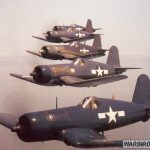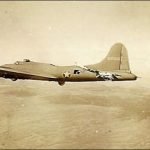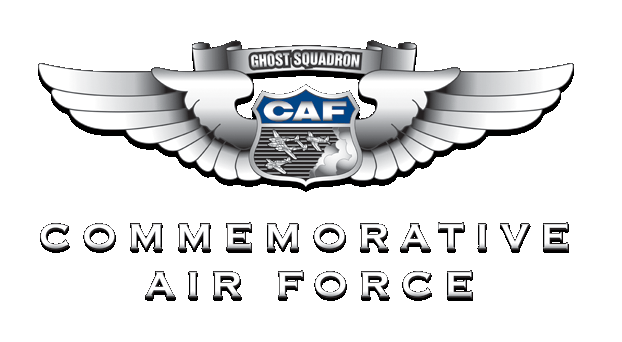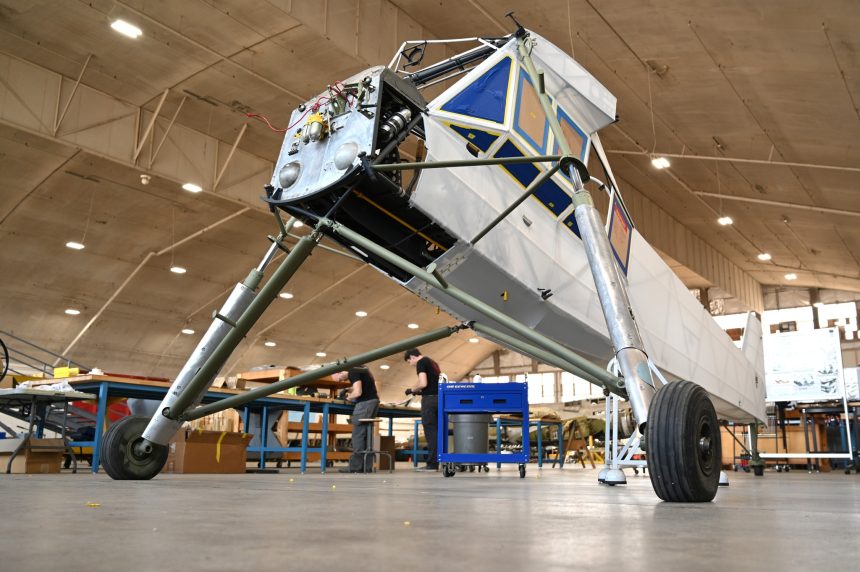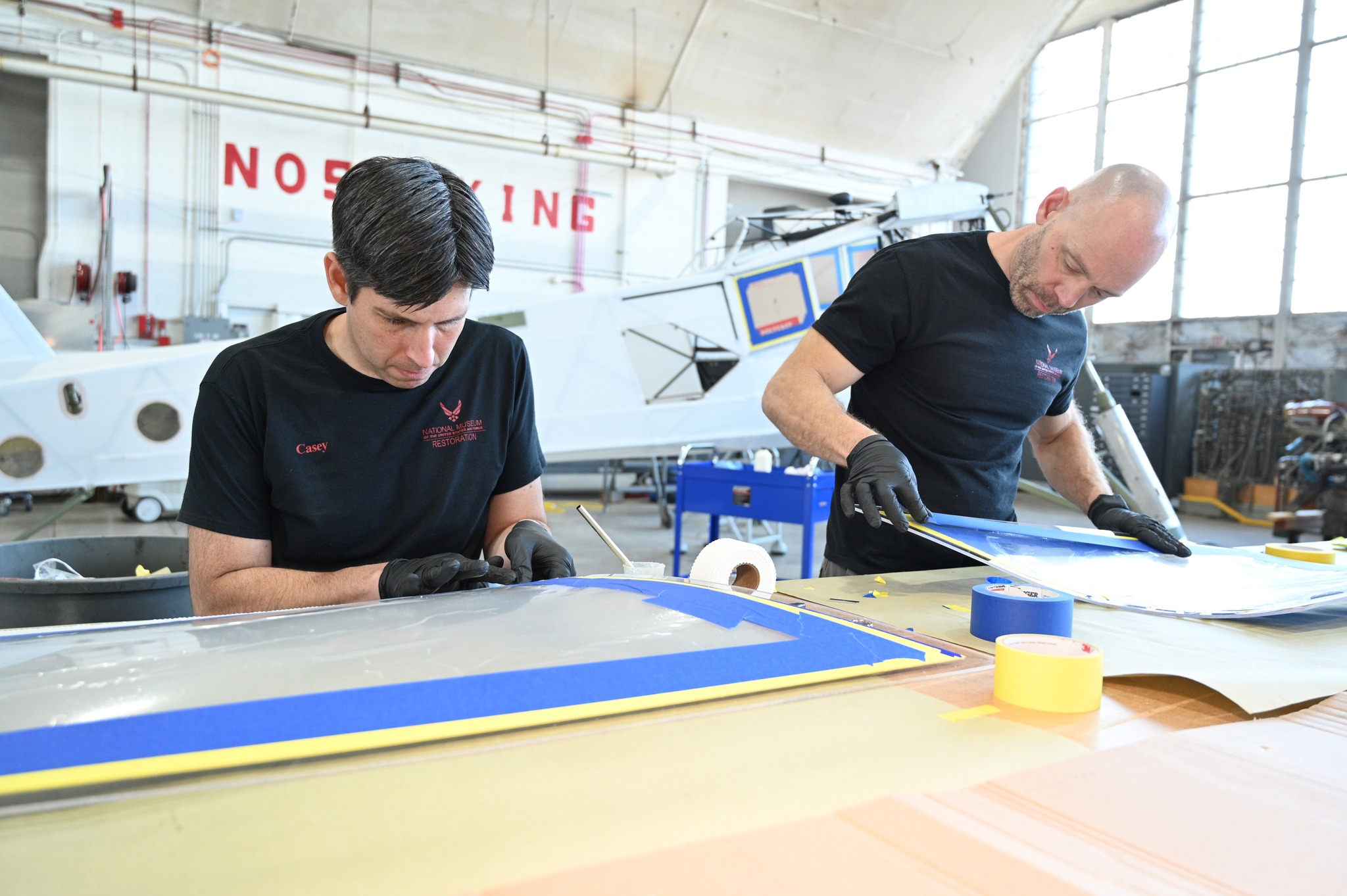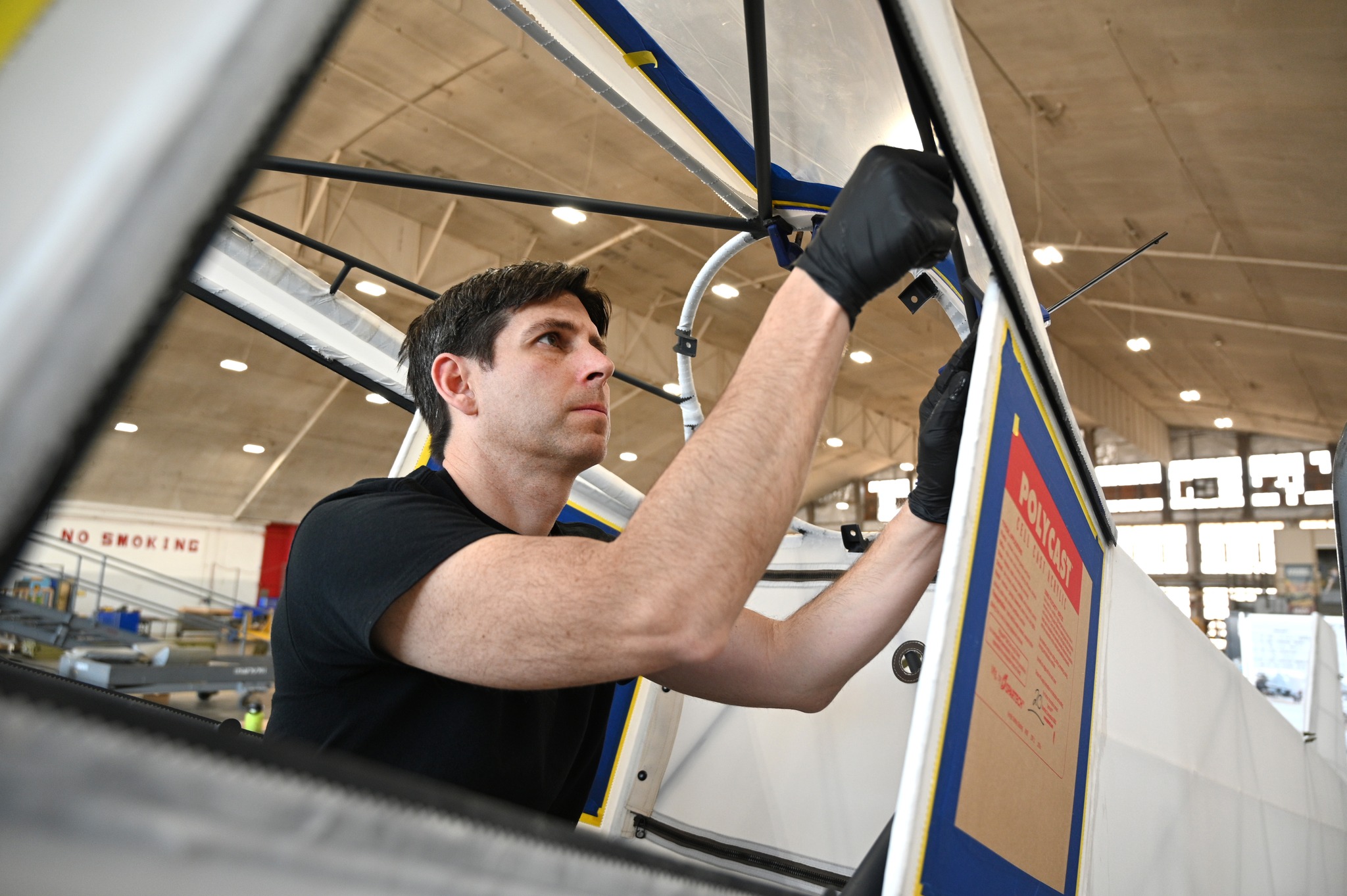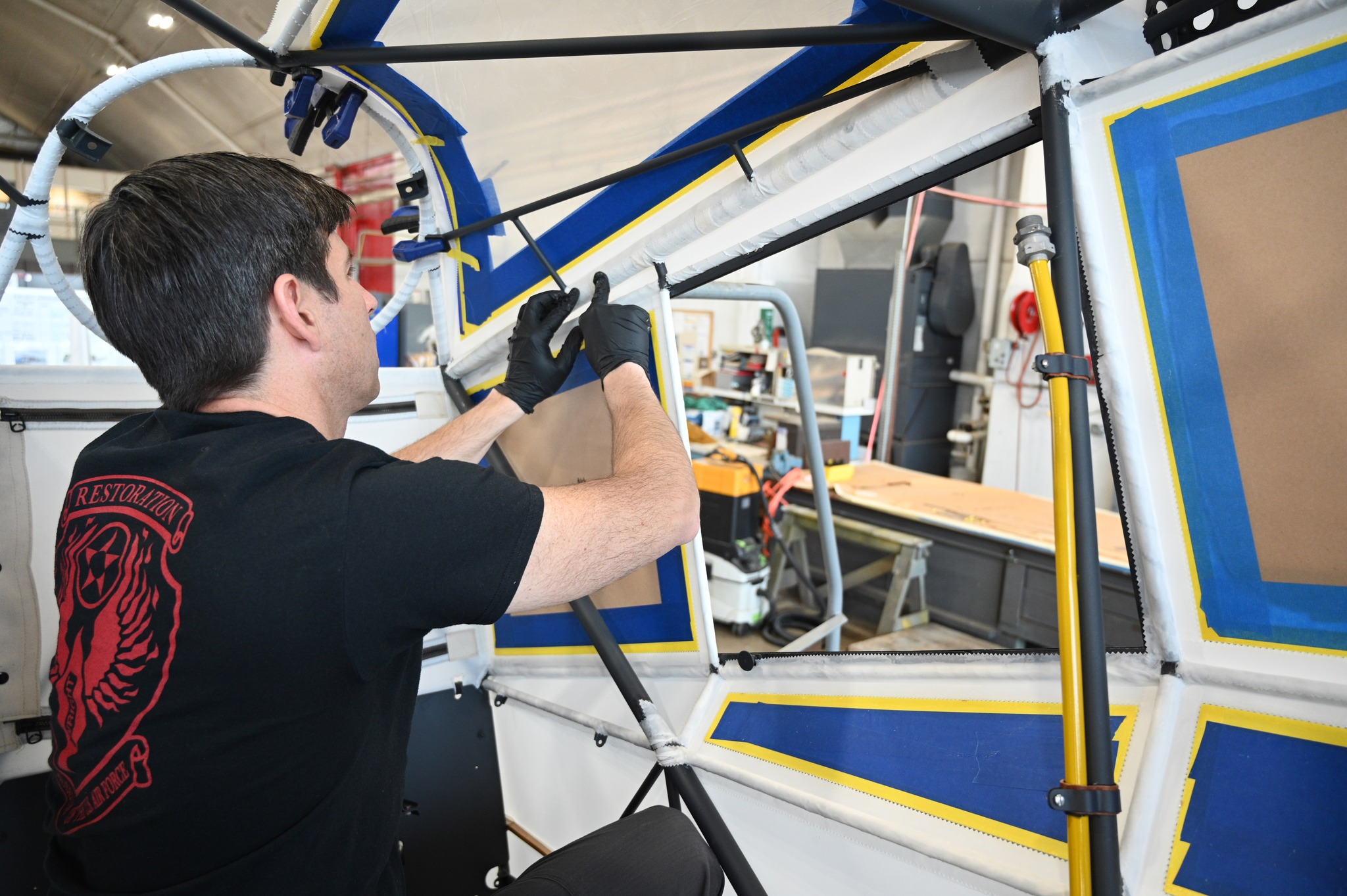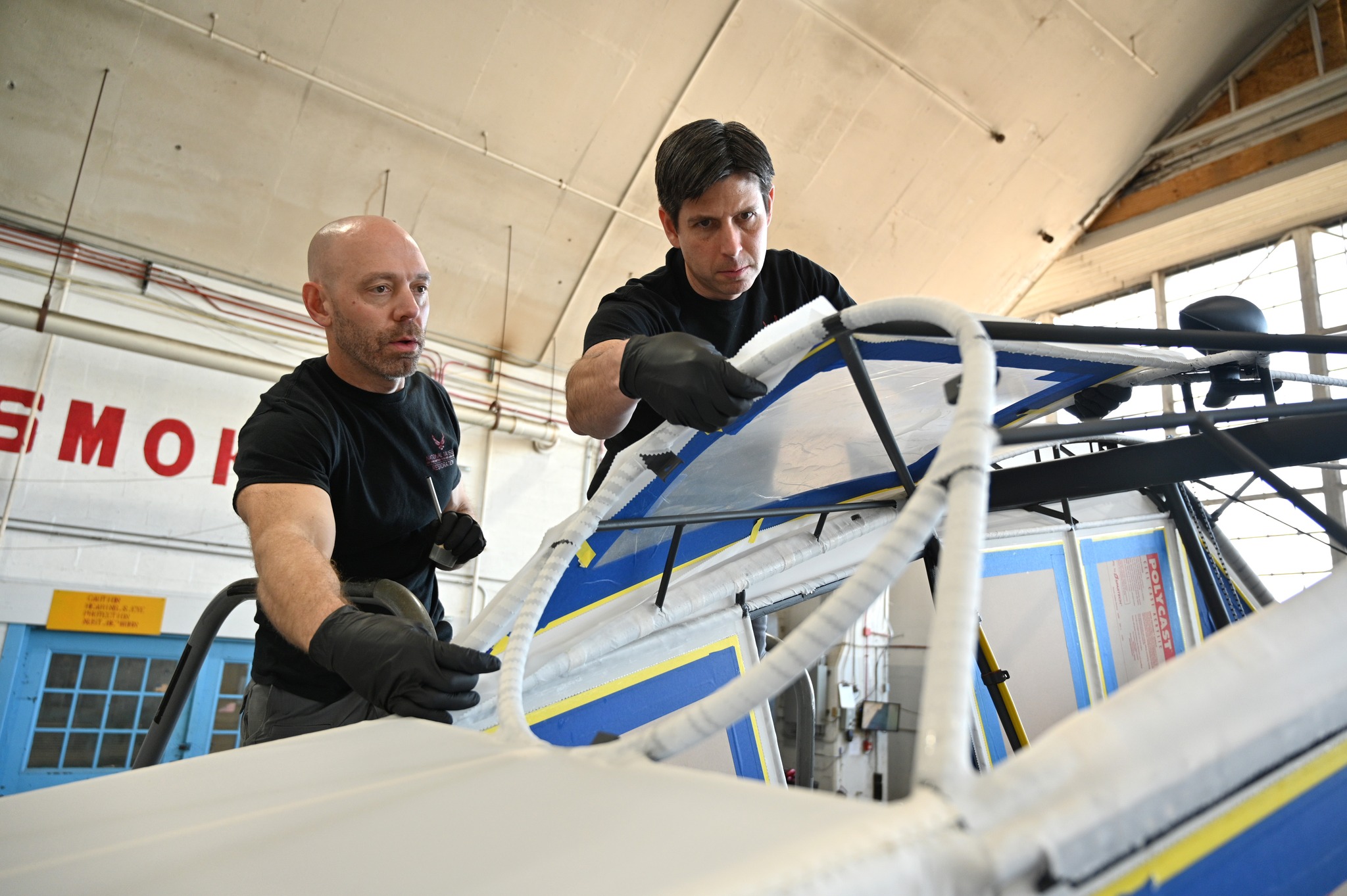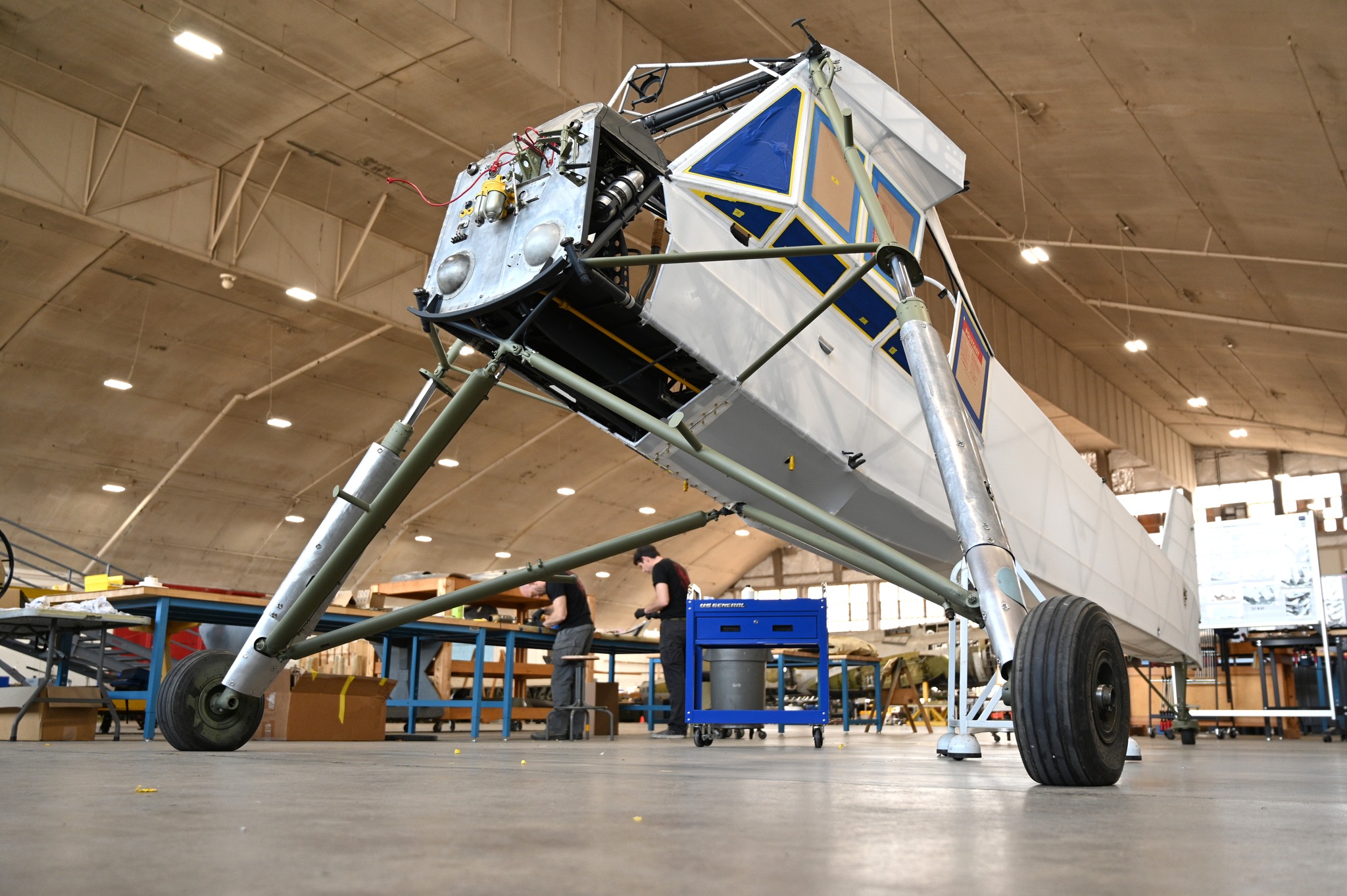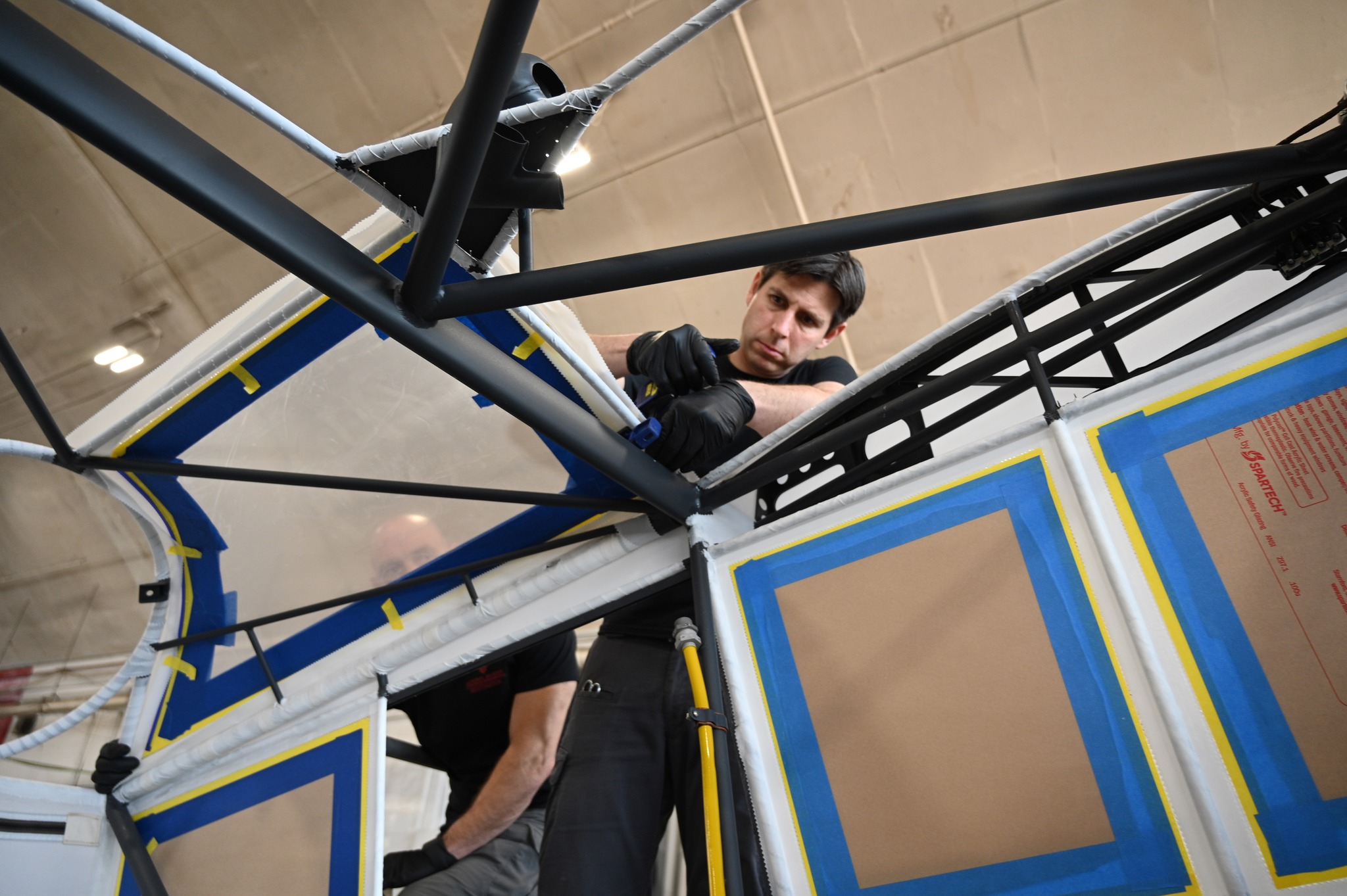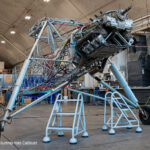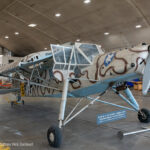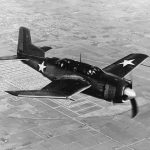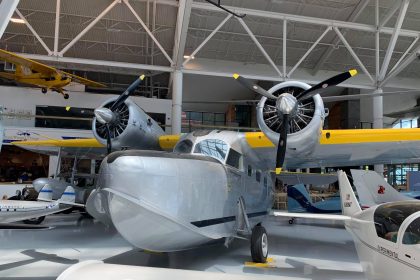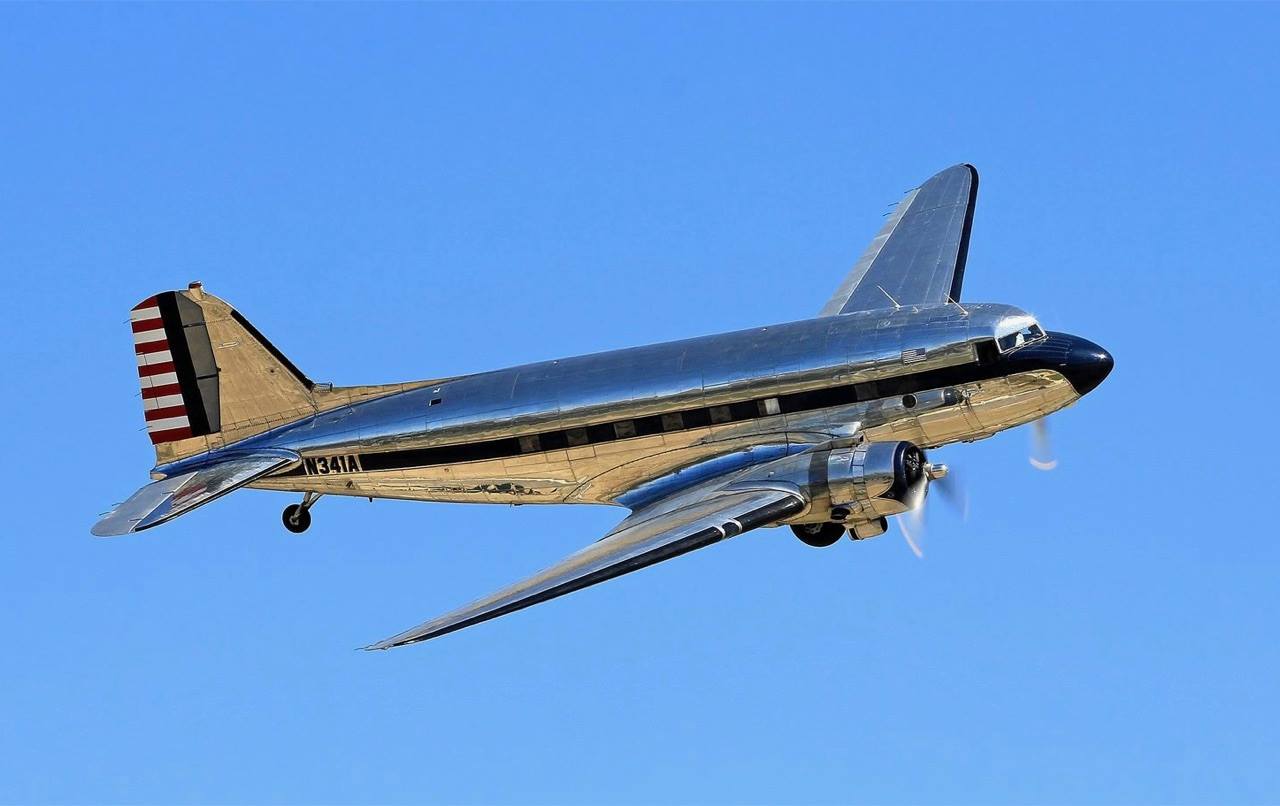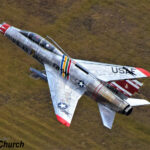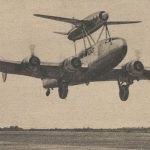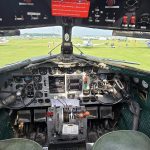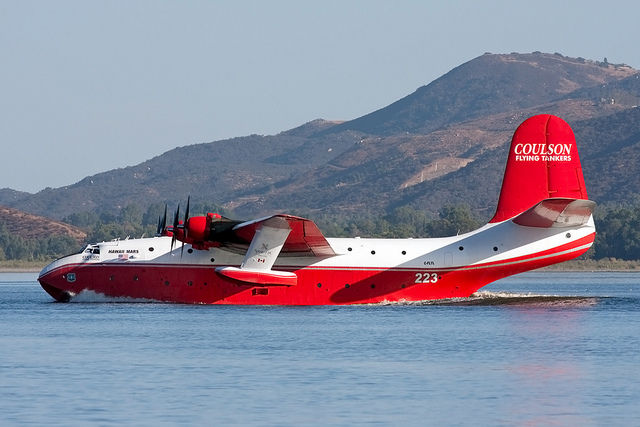Designed in 1935, the Storch was widely used during World War II by German military forces for reconnaissance, liaison and aeromedical transport. High-ranking officers also used Fi 156s as personal transports. Notable features of the Storch included its good maneuverability, extremely low stalling speed of 32 mph, and excellent short field takeoff and landing characteristics. Between 1937 and 1945, the Luftwaffe (German Air Force) accepted almost 2,900 Fi 156s.
This particular aircraft was donated to the National Museum of the US Air Force by Lt. Col. Perry A. Schreffler and Maj. Robert C. Van Ausdell, Santa Paula, California, delivered to the museum in 1974, and was painted as the Storch used by Field Marshal Erwin Rommel in North Africa. Built in 1940, it was exported to Sweden where it remained until 1948. The last German to fly it before its acquisition by the donors in 1973 was German WWII ace Erich Hartmann. The museum has indicated on social media that after in this current restoration the aircraft will not be returned to the previous paint scheme, but will receive a new, so far undisclosed, look. On March 12, 2025, the museum released the following images of the current restoration work. See previous VAN articles on this Storch’s restoration HERE and HERE.
The museum has previously posted the following videos to YouTube depicting stages of the restoration in January and February of 2024:




